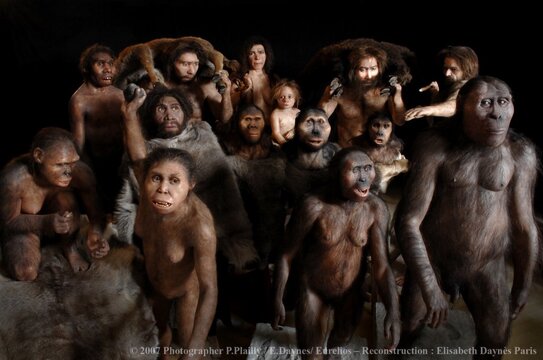[quoting @Pharoah]
Pharoah "The alternative provides a unified concept of information as a relation of meaning in a world of interactions where self-regulatory processes lead to increasingly complex structures that have an observer-dependent informational relation to and about the world with which they interact. *The view that information is not some thing that exists independently of the observer but is solely a function of an observer’s dynamic construction inverts the syntactic–semantic dilemma for there is no requisite translation of one to the other in the derivation of meaningful content. The observer is itself a construction that defines the environment qualitatively and quantitatively and from that position then qualifies information in those self-referential terms."
Underscored above are some additional terms and phrases that I think might be revised for greater clarity.
First,
"an observer-dependent informational relation" suggests that living beings are merely passive observers of their environing worlds," but we know that living beings also move and act in their environments and thereby learn experientially, directly, about the nature of things and others they encounter. Note: I know what you're getting at, but it's the word 'observer' that masks the distinction between living organisms that perceive their surroundings by acting within them and machines that are engineered to measure some physical processes in the environment in which they are placed.
The underlined sentence that follows --
"*The view that information is not some thing that exists independently of the observer but is solely a function of an observer’s dynamic construction inverts the syntactic–semantic dilemma for there is no requisite translation of one to the other in the derivation of meaningful content."
makes sense to me [since I follow your general direction], but it would make more sense if instead of referring to "an
observer's dynamic construction" you would refer to
'a living animal's dynamic construction' since it is the animal's dynamic interactions with things and others in its environment that grounds further development and success in surviving and even thriving. Without making clear that it is the animal's lived experience that enables it to learn and cope in its situation, the reader is left with the impression that the animal -- more than an 'observer' -- actively participates in the development of its own dynamic, interactive, behaviors.
Finally, the statement that
"the observer is itself a construction" is misleading because it implies that living, experiencing, animals actively functioning in their environments do so on the basis of their having been 'constructed'/engineered by 'outside information', in the way we would construct a machine. That last sentence reads:
"The observer is itself a construction that defines the environment qualitatively and quantitatively and from that position then qualifies information in those self-referential terms."
Granted that the
living animal is not a 'predesigned construction' but rather actively makes its way in its worldly environment, I wonder how we can say that it 'defines its environment'? Rather it "qualitatively and quantitatively" experiences its environment from a 'self-referential perspective' embedded in its awareness of being-in {situated in} an environing world.
I hope these suggestions help toward disambiguating some of the language that I think is leading to confusion for some readers.
*Now ... all you gotta do is explain how. ;-)
I think Panksepp's prodigious research and writing is probably our best available guide to explaining 'how' animals experience their actual environments and thereby come to 'know'/understand relevant aspects of their environments [safe terrain and dangerous terrain; what can be expected from their conspecifics v what can be anticipated from predators, etc.]. To a great extent animals 'carve out' and adapt their ecological niches and the territories adjacent to them when they explore these territories.


